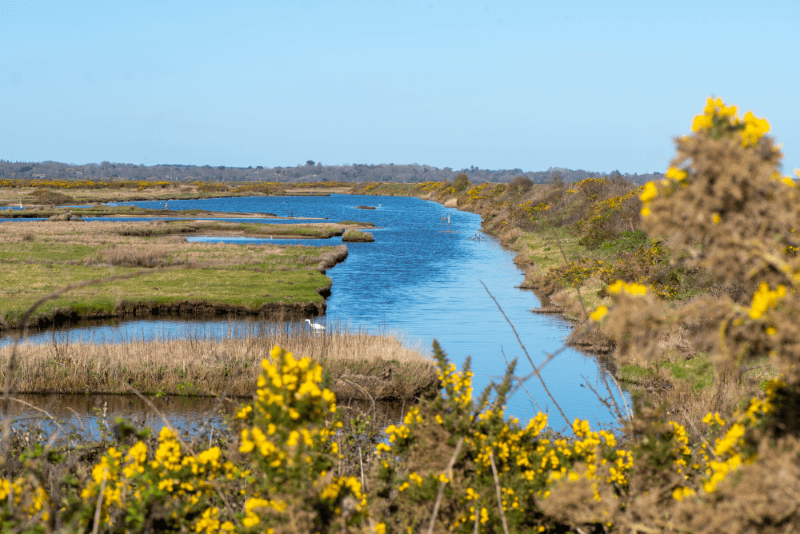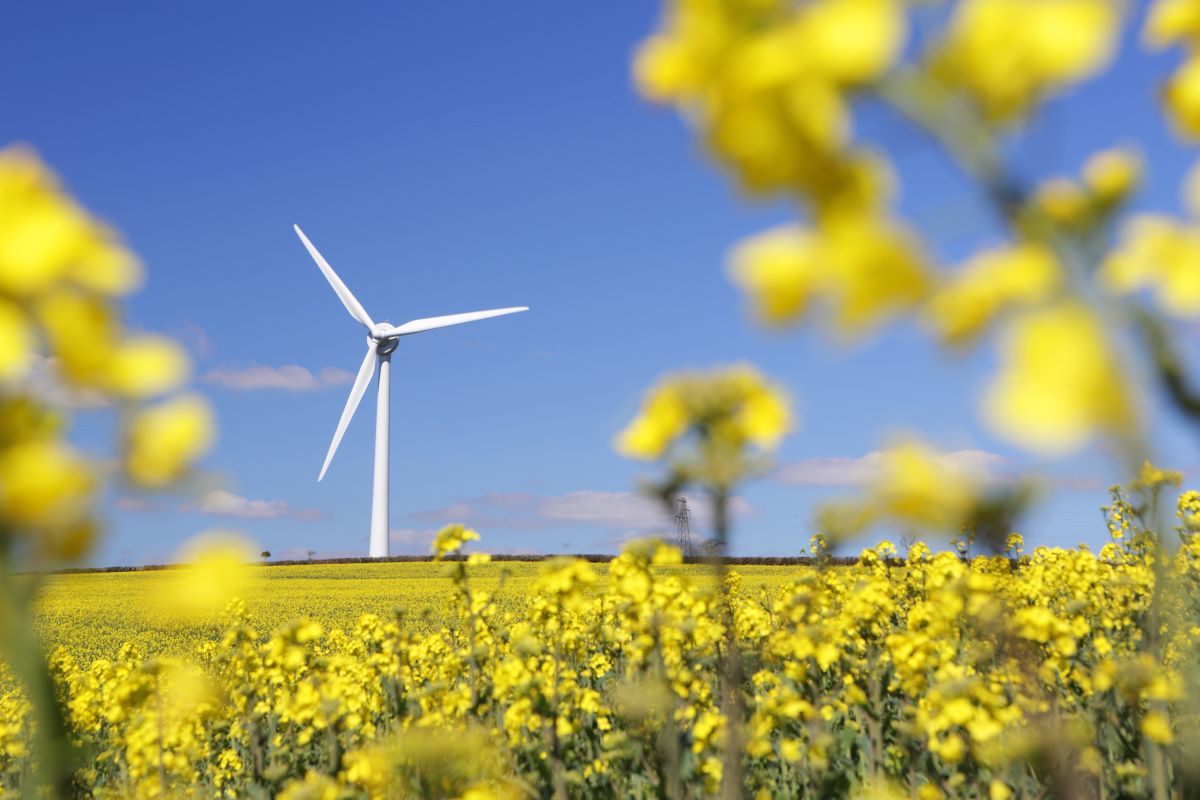Rural and Agriculture: key terms explained
From natural capital to water neutrality, we explain the key concepts shaping the rural economy and environmental practices.
5 minutes to read
With changes to legislation, new terms and emerging topics being introduced to the rural economy in regard to property and estate management as well as farming, it can be hard to keep up with what they all mean.
Please use our quick guide below to understand what these terms mean, and of course, we’d love to hear from you if you’d like to understand more about how they may affect your business.
Biodiversity net gain
Biodiversity (or biological diversity) refers to the various living creatures, habitats, and ecosystems present in an area. The biodiversity net gain approach ensures development and land management practices improve the natural environment, so it is better than it was before.
Carbon credits
These credits, issued in the form of certificates or permits, are given to companies and allow them to emit one tonne of carbon dioxide or the equivalent in another greenhouse gas. Companies can trade their credits to offset their carbon emissions and reduce their impact on the environment.
Carbon sequestration
This refers to capturing and storing carbon dioxide from the air to prevent it from contributing towards global warming. Trees and plants do this by taking in carbon dioxide and releasing it into the atmosphere as oxygen. Carbon sinks are natural ecosystems, like forests, oceans, and soils, that can be used to store carbon dioxide.

Countryside stewardship
A financial incentive program created by the government of England to motivate the country’s farmers, foresters, and land managers to care for the environment and improve it where possible. Countryside stewardship forms part of Defra’s Environmental Land Management schemes (ELMs).
Data analytics
The process of looking at data as a guide to understanding a situation better. Analysing data helps us draw conclusions and make decisions based on the information we have available to us.
Diversification
Through a rural lens, diversification refers to an estate that has more than one way to bring in income. This means there’s significantly less risk if one part of the business is unsuccessful, as there are other financial streams coming in that offer stability, particularly in uncertain times.
Embodied carbon
This refers to the greenhouse gases released into the atmosphere when using materials to build something. Embodied carbon includes all the gases created by taking the materials, moving them, manufacturing them, putting them together at the building site, and in post-build operation.
Environmental Land Management schemes (ELMs)
ELMs are facilitated by the government for land managers in England. These include the Sustainable Farming Incentive, Countryside Stewardship and Landscape Recovery. These schemes mean farmers and land managers may be paid for ensuring they deliver clean water and air, thriving wildlife, protection from environmental hazards, and reducing and adapting to climate change.
Landscape recovery
Another one of Defra’s Environmental Land Management schemes, landscape recovery refers to government support offered to those who own or manage land in England. It pays for bespoke, longer-term, larger-scale projects that promise to enhance the natural environment.

Natural capital
The things in nature that benefit us, like clean air, water, and food. Natural capital accounting adds up the value of these resources, considering their economic value and their social and environmental benefits.
Nature-based solutions
People are realising that the natural environment and its benefits should be valued financially. These solutions can come in many forms, like creating carbon credits by planting trees or improving the soil. These credits can be sold to offset a company's carbon emissions, protect biodiversity, or prevent floods.
Net zero
The concept of maintaining a sustainable balance in the environment by ensuring that any greenhouse gas emissions released into the atmosphere are accounted for and offset in some way.
Nutrient neutrality
This approach is used to make sure that a development doesn’t add more nutrients, like phosphorus and nitrogen, to the environment. The aim is to keep the nutrient levels at the same level to protect from the possibly harmful effect of excess nutrients in the area.
Offsetting
This is a way of reducing the environmental impact of an activity or product by balancing out the emissions produced by the activity or product.
Pasture-based
Otherwise known as grass-based, pasture-based is when most of what livestock is fed is grazing or conserved grass or hay.
Peatland
Peatlands have the potential to be a natural solution to reducing greenhouse gas emissions. They contain a lot of carbon in their soil and can store more by capturing carbon from the atmosphere. But for this to work, the peatlands must be healthy and in good condition. Many peatlands are damaged or not functioning well and are losing carbon, so they must be restored to make the most of their carbon-storing abilities.
Peatland restoration
An important conservation effort focused on returning peatlands to their natural state. Their conservation is key as peatlands provide essential natural services like sequestering carbon and storing water.
Regenerative agriculture
This is an agricultural practice that involves taking care of the soil holistically by supporting microorganisms and restoring lost carbon. It's becoming popular because it can produce high crop yields using fewer artificial chemicals and fertilisers. However, some argue that the UK should prioritise food security over more environmentally friendly farming methods.

Renewable energy
This term refers to energy that is farmed from sources that don’t run out. This includes biofuels, wind, water (like tides, waves, and hydroelectricity), sunlight (for solar energy), and geothermal energy.
Share farming
This is a type of business model used in the agricultural industry. It involves two or more invested parties who contribute towards a farming practice and then share the resulting benefits and profits. In such an arrangement, it’s common for one entity to offer up the land for the venture while another provides the farming equipment and capital.
Social or community governance
The practice where members of the community can take part in and influence decisions related to their local area.
Sustainability
The practice of using resources responsibly in a way that ensures they continue to be available over a long period of time. From a rural perspective, this means striking a balance between economic, social, and environmental impact.
Sustainable farming incentive
As part of Defra’s Environmental Land Management schemes, the sustainable farming incentive is a government funded program that gives monetary incentives to farmers and land managers to encourage more sustainable practices that can improve food production and the environment in England.
Water neutrality
This refers to a development’s water usage. The premise is that no development should cause a greater amount of water to be taken from drinking water sources than what is already being taken.